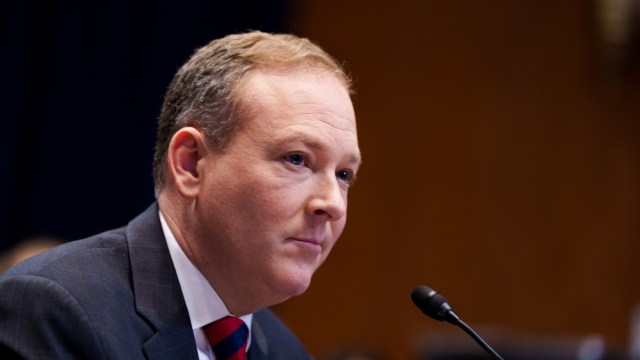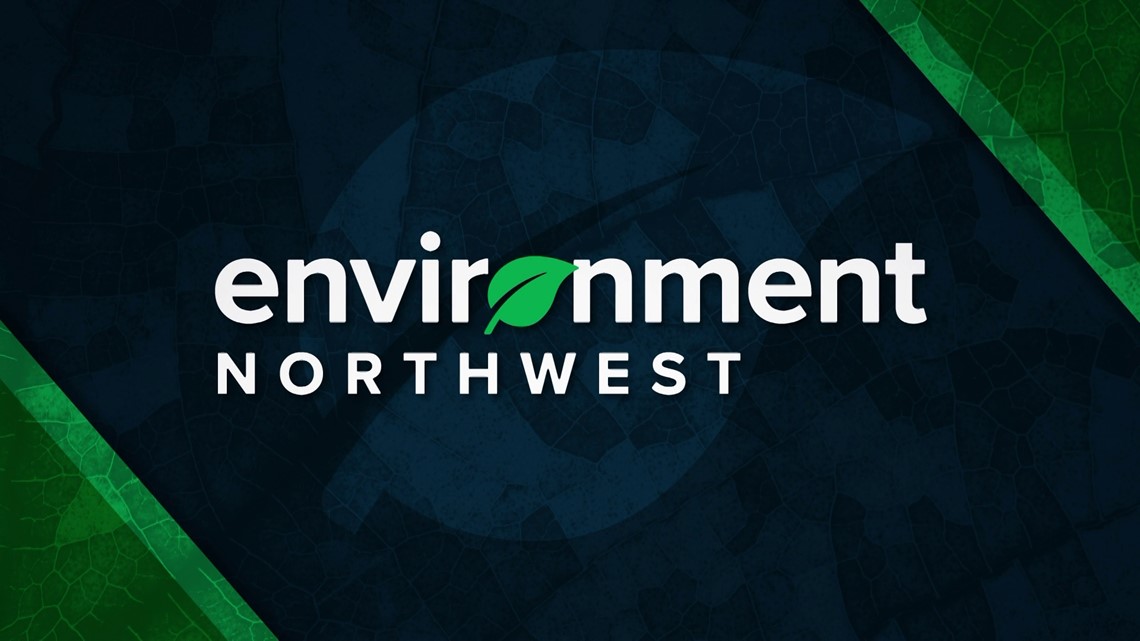Clean Air Rollback: Trump Team Opens Pollution Escape Hatch
Environment
2025-03-27 17:00:58Content

In a controversial move, the Environmental Protection Agency (EPA) has launched a new online portal that gives industrial polluters an unprecedented opportunity to seek exemptions from critical Clean Air Act regulations. This digital gateway allows companies to request waivers from nine key environmental protection rules, potentially undermining decades of air quality improvements.
The Clean Air Act, a cornerstone of environmental regulation, traditionally provides the president with the authority to grant exemptions under specific circumstances. However, this new portal appears to streamline the process, raising concerns among environmental advocates who worry about potential increased pollution and its impact on public health.
By creating this digital platform, the EPA seems to be offering a more accessible route for industries to circumvent environmental restrictions. Critics argue that such a system could compromise air quality standards and potentially expose communities to higher levels of harmful emissions.
While the agency maintains that the portal is designed to provide flexibility for businesses facing unique challenges, environmental groups are closely monitoring the potential implications of these broad exemption opportunities.
EPA's Controversial Clean Air Act Exemption Portal: A Deep Dive into Environmental Regulatory Flexibility
In an unprecedented move that has sparked intense debate within environmental and industrial circles, the Environmental Protection Agency (EPA) has introduced a groundbreaking digital platform designed to provide regulated entities with a mechanism for requesting exemptions from critical Clean Air Act regulations. This development represents a complex intersection of environmental policy, industrial compliance, and regulatory adaptation.Navigating the Delicate Balance Between Environmental Protection and Industrial Innovation
The Genesis of Regulatory Flexibility
The EPA's newly established portal represents a nuanced approach to environmental regulation that acknowledges the intricate challenges faced by industries striving to balance operational efficiency with environmental stewardship. By creating a transparent mechanism for exemption requests, the agency signals a willingness to engage in constructive dialogue with industrial stakeholders while maintaining core environmental protection principles. The exemption process is not a blanket permission for unrestricted pollution, but rather a carefully designed mechanism that requires rigorous documentation, scientific justification, and demonstrable technological constraints. Industries seeking exemptions must provide comprehensive evidence that existing regulations pose insurmountable technical challenges or would result in disproportionate economic hardship.Understanding the Scope of Clean Air Act Exemptions
The presidential authority to grant exemptions under the Clean Air Act is a complex legal instrument that provides strategic flexibility within environmental regulatory frameworks. This provision recognizes that technological limitations, economic considerations, and unique industrial circumstances may occasionally necessitate temporary deviations from standard environmental protocols. Potential exemption scenarios might include emerging technologies that do not perfectly align with existing regulatory standards, critical infrastructure projects with national security implications, or industries undergoing significant technological transformations. The portal serves as a structured conduit for presenting such exceptional circumstances, ensuring that each request undergoes meticulous scrutiny.Technological and Procedural Implications
The digital portal represents a significant technological advancement in regulatory engagement, offering a streamlined, transparent, and accountable mechanism for exemption requests. By digitizing the process, the EPA reduces bureaucratic friction, enables more efficient communication, and creates a comprehensive digital record of all interactions and decisions. Advanced data analytics and machine learning algorithms will likely play a crucial role in evaluating exemption requests, enabling more nuanced and data-driven assessments. This approach transforms the exemption process from a purely administrative function into a sophisticated, technology-enabled regulatory instrument.Broader Environmental and Economic Considerations
The exemption portal must be understood within the broader context of environmental policy evolution. It represents a pragmatic recognition that rigid, one-size-fits-all regulatory approaches can sometimes impede technological innovation and economic progress. By providing a structured pathway for exceptional circumstances, the EPA demonstrates a commitment to adaptive, intelligent environmental governance. However, this approach is not without potential risks. Critics argue that such flexibility could be exploited by industries seeking to circumvent environmental protections. Consequently, the success of this initiative will depend entirely on the rigor of the review process and the EPA's unwavering commitment to maintaining robust environmental standards.Future Outlook and Potential Transformations
As industries continue to evolve and technological capabilities expand, regulatory frameworks must similarly adapt. The EPA's exemption portal can be viewed as an initial step towards a more dynamic, responsive environmental regulatory ecosystem. It signals a potential paradigm shift from prescriptive regulation to a more collaborative, context-aware approach. The long-term impact of this initiative will be determined by its implementation, the transparency of decision-making processes, and the ability to balance industrial innovation with environmental preservation. Stakeholders across environmental, industrial, and policy domains will be watching closely as this unprecedented regulatory experiment unfolds.RELATED NEWS
Environment

Silent Killers: How Antibiotic Resistance is Lurking in Our Ecosystem
2025-04-29 09:56:08
Environment

Tariff Tango: How Fair Trade Policies Can Supercharge the Fertilizer Sector
2025-03-04 17:39:36






